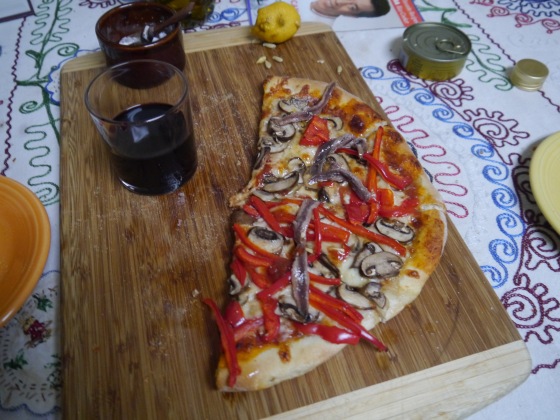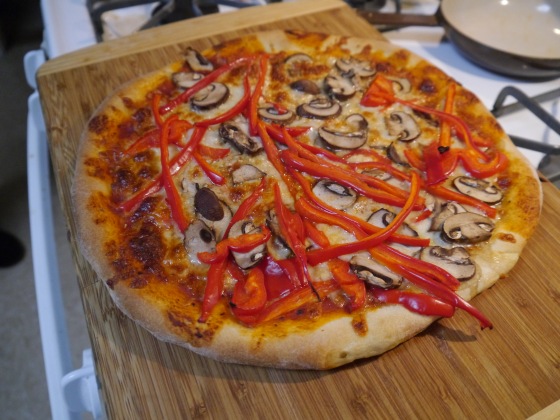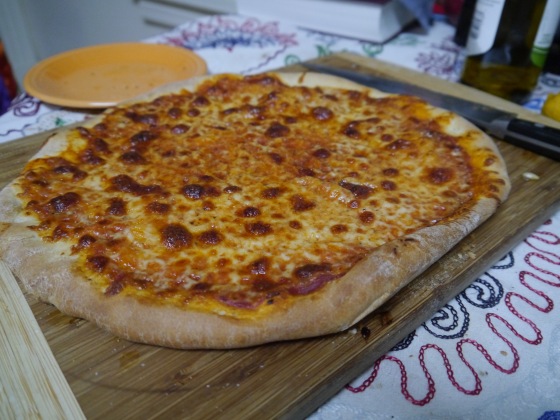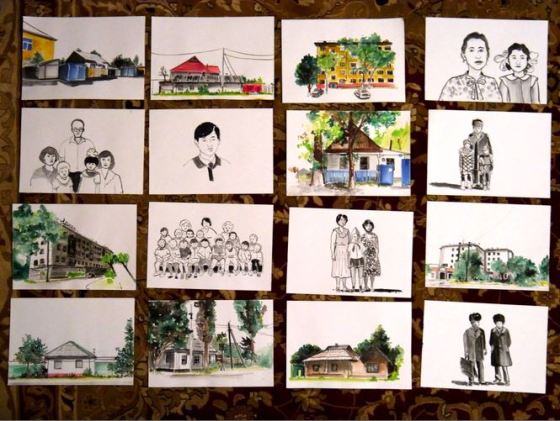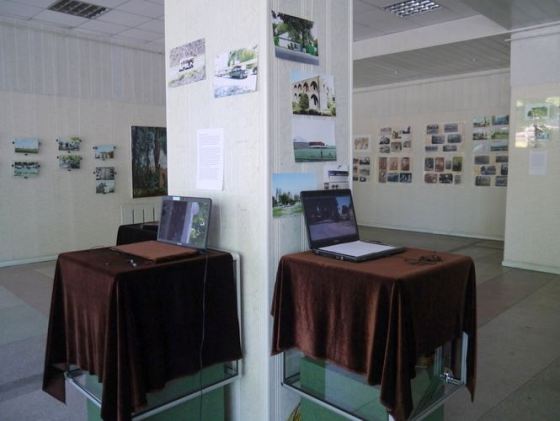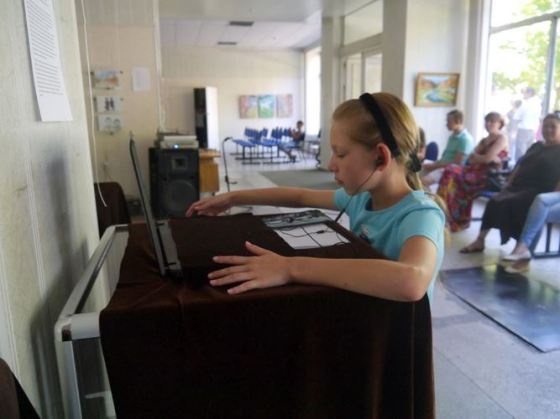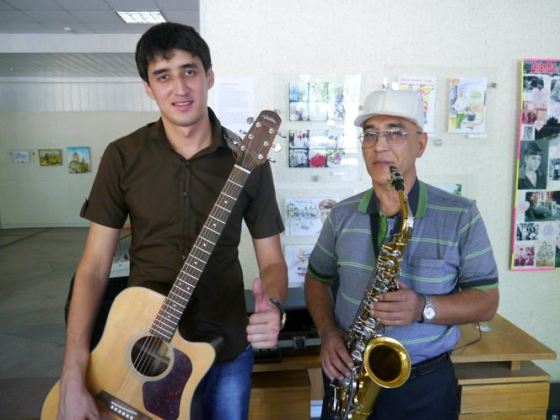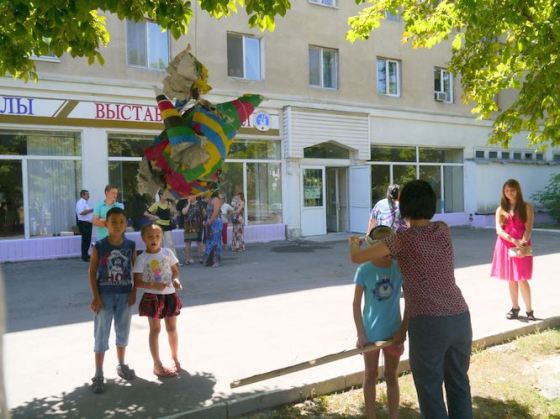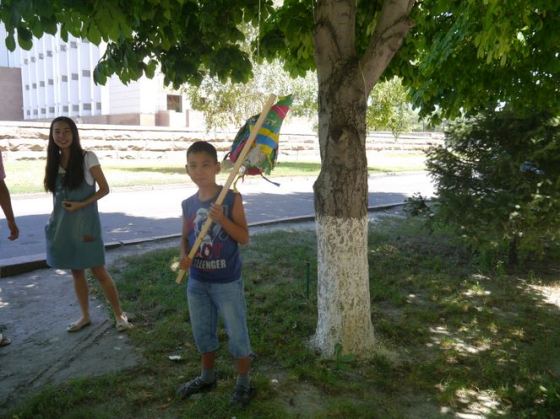I was a pizza cook for many years working in small pizza by the slice restaurants in Santa Cruz and in San Francisco picking up jobs as I was putting myself through school and being a graffiti artist. It wasn’t until I went on a cycling tour through Italy that I really had a complete understanding of pizza. Riding my bicycle in Italy gave me an understanding that pizza is different everywhere you go. Even in Italia pizza was different along the way from town to town and region to region. I tasted pizza there with all sorts of wonderful ingredients but one thing that was consistent was that the pizza had ingredients that were mainly local but also the scale of the pizza was different from the gigantic slice pizzas we make here in the USA.
There’s nothing more rewarding than a thin crust pizza with cheese and ingredients you find in your refrigerator that need to be cooked off to really make for a satisfying experience. Not only did you cook something good but you moved out something from your fridge that needed to be cooked. To get started, I usually assess what is in my fridge and make my dough and get my stove ready for cooking. Preparing to make pizza can sometimes take several days. I sometimes make the dough and let it proof in my fridge and pull it out when I’m ready or I make the dough the same day I cook my pizza. Pizza dough is an easy thing to make and you usually only needs a few hours to really proof to be workable enough to roll out or toss.
Here is Mark Bittman’s recipe for a wonderful pizza dough.
- Combine the flour, yeast, and salt in a food processor. Turn the machine on and add 1 cup water and the oil through the feed tube.
- Process for about 30 seconds, adding more water, a little at a time, until the mixture forms a ball and is slightly sticky to the touch. If it is still dry, add another tablespoon or two of water and process for another 10 seconds. (In the unlikely event that the mixture is too sticky, add flour a tablespoon at a time.)
- Turn the dough onto a floured work surface and knead by hand for a few seconds to form a smooth, round dough ball. Put the dough in a bowl and cover with plastic wrap; let rise until the dough doubles in size, 1 to 2 hours. (You can cut this rising time short if you’re in a hurry, or you can let the dough rise more slowly, in the refrigerator, for up to 6 or 8 hours.) Proceed to Step 4 or wrap the dough tightly in plastic wrap or a zipper bag and freeze for up to a month. (Defrost in the bag or a covered bowl in the refrigerator or at room temperature; bring to room temperature before shaping.)
- When the dough is ready, form it into a ball and divide it into 2 or more pieces if you like; roll each piece into a round ball. Put each ball on a lightly floured surface, sprinkle with flour, and cover with plastic wrap or a towel. Let rest until they puff slightly, about 20 minutes.
Turn on oven on hot! 550 degrees or higher! If you can, use a pizza stone to keep that temperature hot! After the dough is ready to be rolled out or tossed you can place the flattened dough onto parchment paper or use cornmeal on a large cookie sheet big enough for the pizza and start to put your ingredients on top. I usually start with some olive oil and some chopped garlic spread evenly over the stretched pizza dough. Afterwards, I usually put my cheese on the pizza and then I put any other ingredients that I like. Throw the pizza in the oven in the middle shelf and give it a few minutes for it to heat up. Open the door and check to see how the pizza is cooking. Give it about 10-15 minutes occasionally moving the pizza around to cook evently. Make sure it doesn’t burn but make sure that the crust is crispy! Pull the pizza out slice it or cut as you eat it. There’s lots of different ways for making pizza so keep in mind that the way you like it is just as valid as any pizza out there. Happy eating!!! 